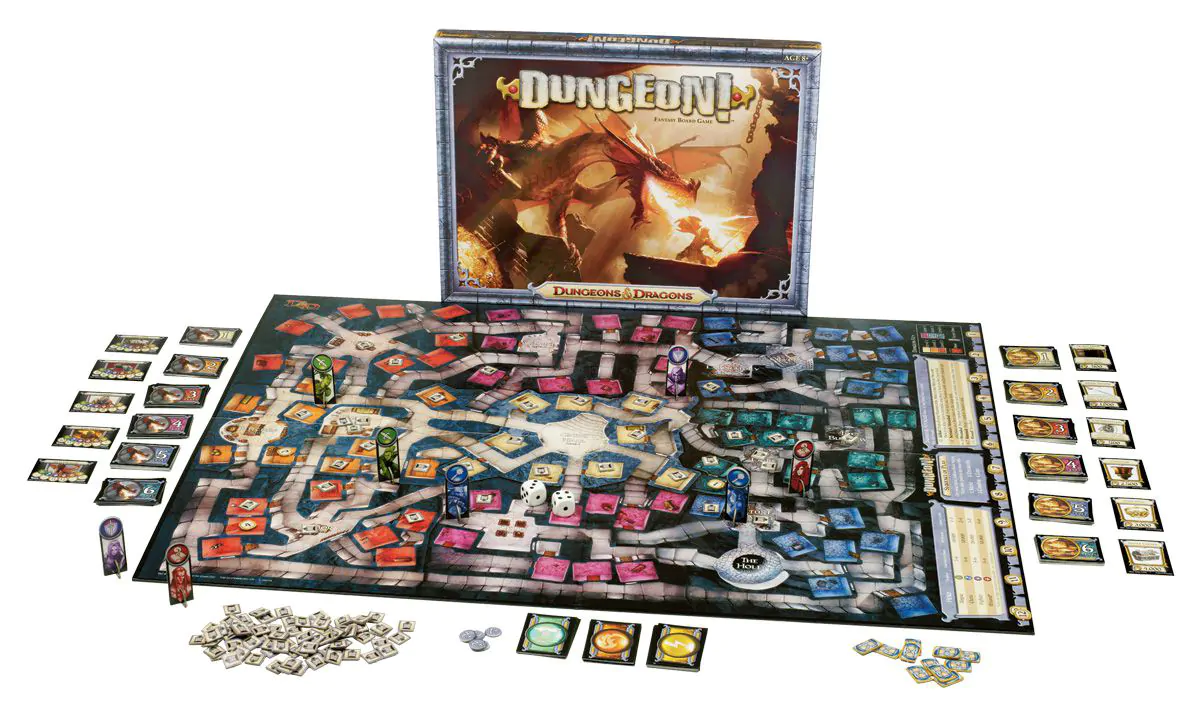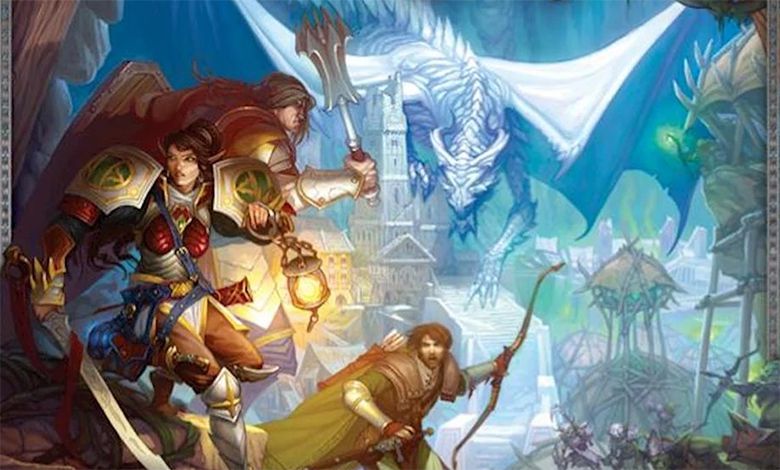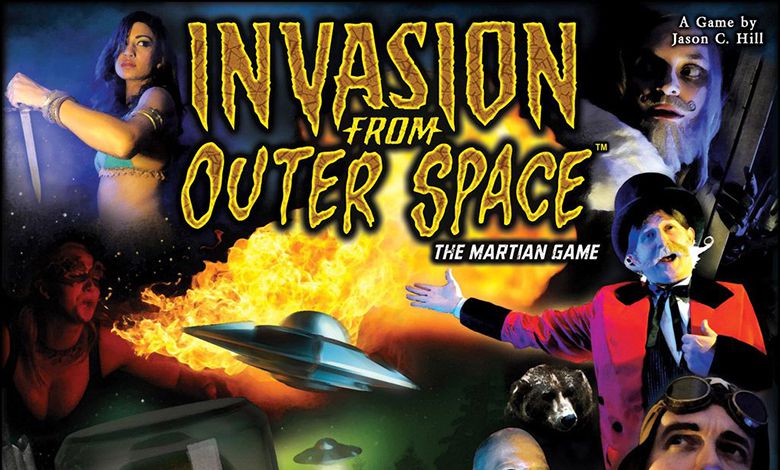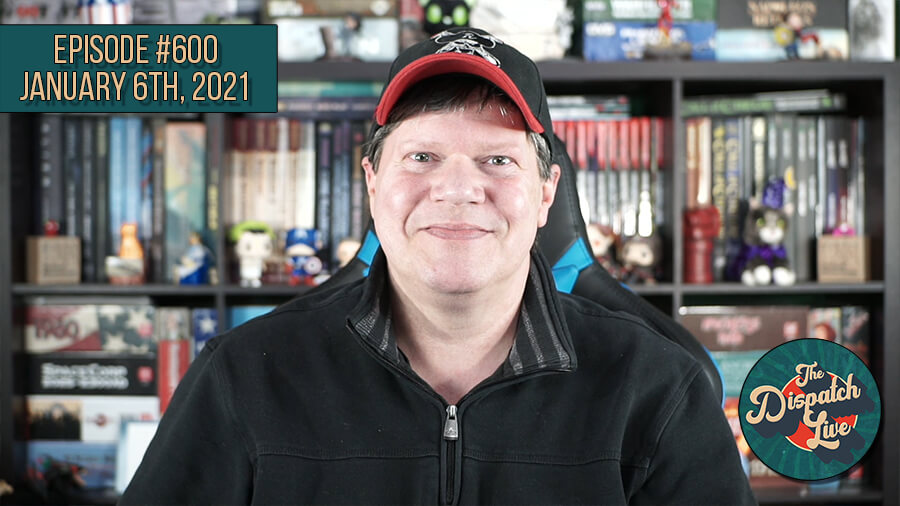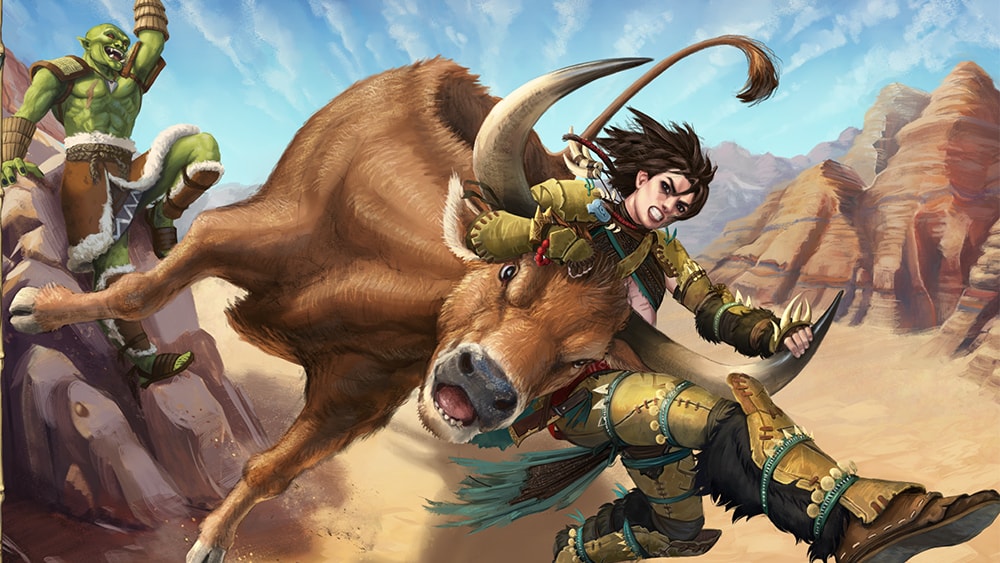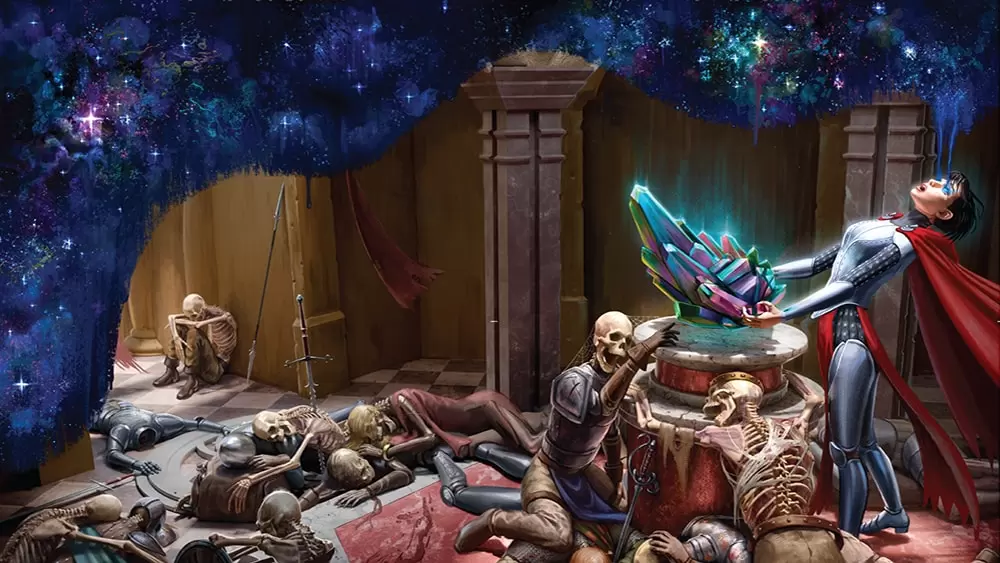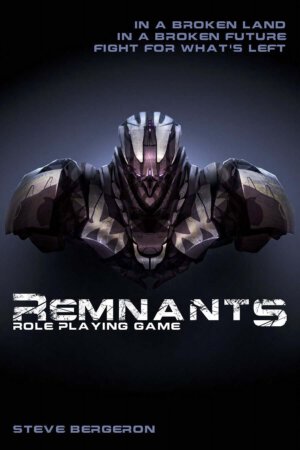
Publisher: Outrider Studios
Designer: Steve Bergeron
Year: 2011
Players: It’s an RPG so two or more players
Ages: 13+
Playing Time: Varies
Genre: Post-apocalyptic science fiction roleplaying game
MSRP: $20.00
Remnants in a nutshell is similar to role playing with Battletech. Well, not really, the robots on the whole are not thirty feet tall, even though in theory they can grow to this height eventually.
These robots are called Ishen. In the world setting where Remnants takes place (it is not Earth), the player characters each pilot one of these Ishen, Indeed, these Ishen become almost another character that the player controls and develops along with their own character. The PC pilots the Ishen, from the cramped, claustrophobic compartment within the Ishen’s chest, where they will spend a great amount of their time.
Let’s not get ahead of ourselves though. Let me tell you a little about the world you will find yourself in when you play Remnants. It is in my opinion very rich and ripe with many possibilities for campaigns and adventure.
Long ago there was a Great Civilization. They were masters of science and technology. The theory is that they eventually split into two groups, one concentrating on the manipulation of life and living things, the other focused on developing technology using inorganic means. IE: metals and other compounds.
The lifers created entire new races of beings and animals, including some horrible ones now referred to as monstrosities. The metalheads developed amazing machines, and of course, the Ishen. Note: Lifers and Metalheads are my terms, they are not from the book.
Eventually, war broke out. It was an apocalyptic war of destruction and the Great Civilization was destroyed, but the creations of the Great Civilization lived on in what is now known as The Broken Lands.
When the players enter the scene, it is almost 900 years later. The lands are still scarred and deadly. Surviving in the Broken Lands is not easy. People live mostly in tribes or clans, although there are a few city-states scattered about. Landscapes vary from barren arctic tundra, to burnt and scarred volcanic plains, vast stretches of poisonous grasslands, marshes, and a wasteland that still inflicts “Wasteland Sickness” on those foolish enough to pass through unprotected. There are lots different lands and races described, ripe for adventuring.
Some of the technologies of the Great Civilization has survived in the ruins, even 900 years later. These are the “Remnants”, the only thing left of the once powerful race. The most sought after of these are the Battle Remnants, or Ishen. Suits of metal scattered throughout the ruins, extremely difficult to find and obtain. The power bases of most of the different surviving peoples is based on these suits, who go to any lengths to obtain one or two Ishen to protect them from the dangers of the Broken Lands.
Once a pilot enters a suit, it adapts itself to their minds. They become linked in a way that can usually only be separated by the death of the pilot. The pilot must learn to use their Ishen, and then help them to evolve into an extension of themselves over time. The suit will mold itself to the desires of its pilot.
It is very difficult to actually destroy an Ishen as well. If an Ishen becomes wrecked it will go into repair mode for 8 hours, and during this time it rebuilds itself just a bit stronger than before. Do you wish your Ishen could fly? Eventually your Ishen could develop this ability. An Ishen’s evolution is based on “the ferocity of the combat it experiences and the will of the pilot”.
Let’s take a look at some of the game’s mechanics. Remnants operates on the Rapidfire rules system that concentrates on being simple to use, speeding up play, and reducing bookkeeping. This boils down to the use of a single six-sided die roll to resolve every conflict. I’m not sure how I feel about this because at its surface it seems like too small of a possible spread of results in order to add the randomization necessary for an RPG. Then again, it could be argued that a true RPG should be playable with little or no randomization at all. So we’ll take a closer look and you can judge for yourself.
In the Rapidfire system, all actions are resolved with 1d6+stat+skill+modifiers vs. difficulty.
A character has three stats in Remnants. Mind, body and spirit represent the whole of the human condition and 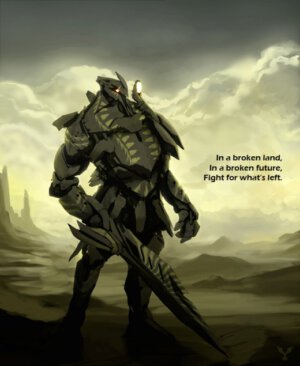
Skills are a bit different. They range from 0 (unskilled) to 6 (Grand Master). The list included in the book is not intended to be exclusive. Additional skills can be suggested and approved by the GM. You get one free regional skill based on where your character comes from, plus 10 skill points to distribute among all of the skills. Each level of skill costs its level in skill points. So level 2 would cost you one skill point to get to level 1 and two more to get to level 2, for a total of three skill points. Level two is the standard maximum for skill levels for starting characters. Some examples of skills include melee, ride, medicine, archery, and so on.
Modifiers are just that. They modify certain rolls based upon circumstances. The GM will determine the modifiers required on specific rolls. In general, I believe that if a modifier is in effect it will generally be in the range from -2 to +2. For example, charging an enemy will add +1 to your attack, but subtract -1 from your defense.
Finally, all rolls are either against an opposing character’s roll or against a set difficulty. The difficulties range from 2 for a routine task to 14 for an epic difficulty task. The task difficulties are of course determined by the GM.
You are trying to climb a cliff face of difficulty 7, which means it needs a bit of skill to accomplish. You have a body stat of 1, a climb skill of 2, and there are no modifiers. It gives you a base of three, you roll the die and get a 1. Oops..
Combat is similar and involves Body +Skill + 1d6 vs defense. The amount you score over the defense of the target is called the lead, and weapons do lead plus X damage. That’s all there is to it.
The rules for Ishen creation are very similar and combat is as well. The whole system seems to form together nicely and is in fact fairly simple if you have a GM prepared and of moderate skill. Each Ishen has its own stats and skill set that can be improved over time, just like your character’s, and is limited only by the imagination of the player.
The book is well written with illustrations and examples and is surprisingly short and to the point. The world is detailed enough to get the created juices flowing, which is good because there are no adventures or campaigns included. There are sufficient suggestions and direction for the GM’s to develop their own fairly quickly.
Overall, I was impressed with Remnants. It seems like a world ripe for adventure and I would love to be able to have my own character and Ishen to develop. Steve Bergeron has put together an excellent setting, and one that you can tune to your group’s preferences. You can decide in the beginning whether everything operates on magic or just advanced technology. I recommend Remnants to those even moderately interested in a desolate world of struggle and combat between hulking machines of destruction of your own making.
[rwp-review id=”0″]
- A Dungeon Delve for Kids?: A Review of Dungeon! - Oct 24, 2022
- Better, Stronger, Faster | Descent: Journeys in the Dark Second Edition Reviewed - Oct 23, 2022
- Your Planet is Doomed!: Invasion from Outer Space Reviewed - Oct 22, 2022


